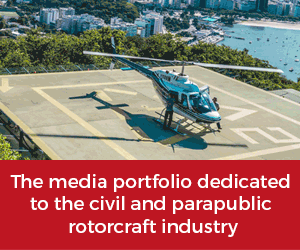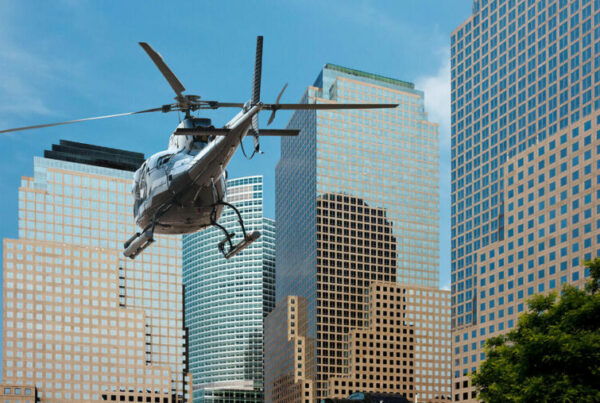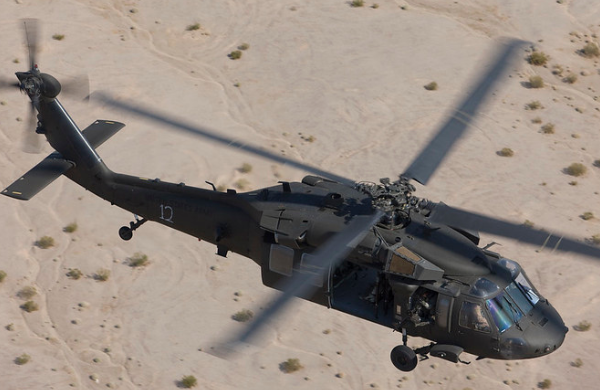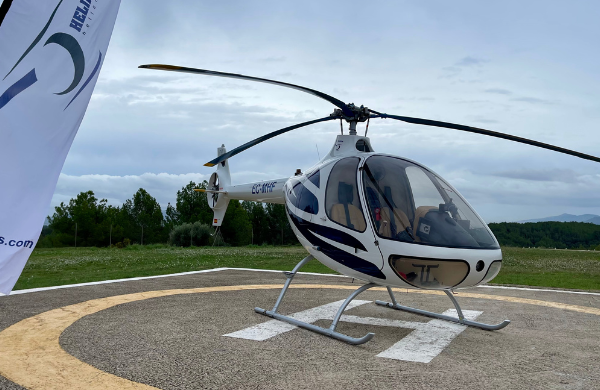The first six helicopters delivered by Leonardo to Norway are now operational from their Sola base. Furthermore, in 2021 it is expected that the Ørland and Banak bases will become operational. Norway has received six out of 16 helicopters. The remaining aircraft are being assembled, integrated, and tested by Leonardo, at its site in Yeovil, UK. In the first month of service, the SAR Queen aircraft has undertaken missions in challenging weather conditions and inhospitable environments, flying for about 80 hours. Most of the missions were SAR operations (including a night mountain rescue) and an emergency transportation.
The new AW101s are equipped with greater digital autonomy and more power to cover greater distances and larger areas. A proven Sea King operator, Norway is currently replacing its SAR fleet with AW101s.
The AW101 is one of the most advanced SAR helicopters. It is supported by a full ‘anti-ice’ system, a fundamental feature particularly in a climate like Norway’s. The system works through sensors that measure how much ice is on the blades of the helicopter enabling the continuity of a mission.
Another feature is the electronic anti-collision system developed by Leonardo. The device, based on laser technology and installed on the main rotor, covers the helicopter at 360o and can detect multiple obstacles (such as rock walls, trees, electric pylons, infrastructures, walls or metal parts of oil platforms), when the aircraft is in a normal or static flight position, providing the pilot with visual and acoustic signs of the distance (with an approximation of centimetres), and therefore the risk level.
A further technological feature is the Osprey radar, developed and manufactured by Leonardo with an – Active Electronically Scanned Array antenna. The radar provides 360o coverage thanks to three fixed electronically scanning antennas, one on the front and two on the side of the helicopter. In comparison with classic mechanical antennas, electronic ones offer faster scanning of the environment. Moreover, the fixed antenna compared to the mechanical one, significantly reduces maintenance costs and is lighter, which is important in-flight operations.
The Norwegian AW101 is enriched by a Mobile Phone Detection and Location System, which enables the geolocation of missing people in extreme environments, if the mobile phone is turned on. The equipment detects the waves emitted by the mobile phone and that works like a transponder.
The AW101’s cockpit is equipped with systems of synthetic representation of the real world with five large displays where pilots view 3D images, populated from pre-loaded maps installed on the on-board computer. During flight, obstacles will be reproduced even in low light and reduced visibility conditions, significantly increasing the pilot’s situational awareness.
The AW101 ideal for SAR missions across Norway with operations managed by the onboard computer, to remain stable during rough seas and strong wind conditions, thanks to its automatic stability corrections, it does not require any pilot intervention on flight and attitude controls. This allows the AW101 to carry out a recovery mission whilst keeping the aircraft stationary during the delicate phase of the winching.
As part of this partnership an infrastructure for AW101 crews has been opened in Norway, where pilots are trained on flight simulators, co-developed by Leonardo.
The simulators can duplicate both flight and the mission experience for pilots and rescue operators. The simulator is certified to Level D standards, which means that one hour of flight time on the device is considered the equivalent of a one-hour real helicopter flight.






